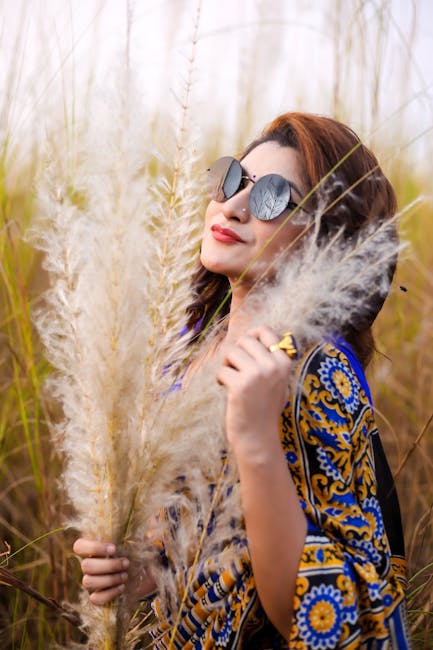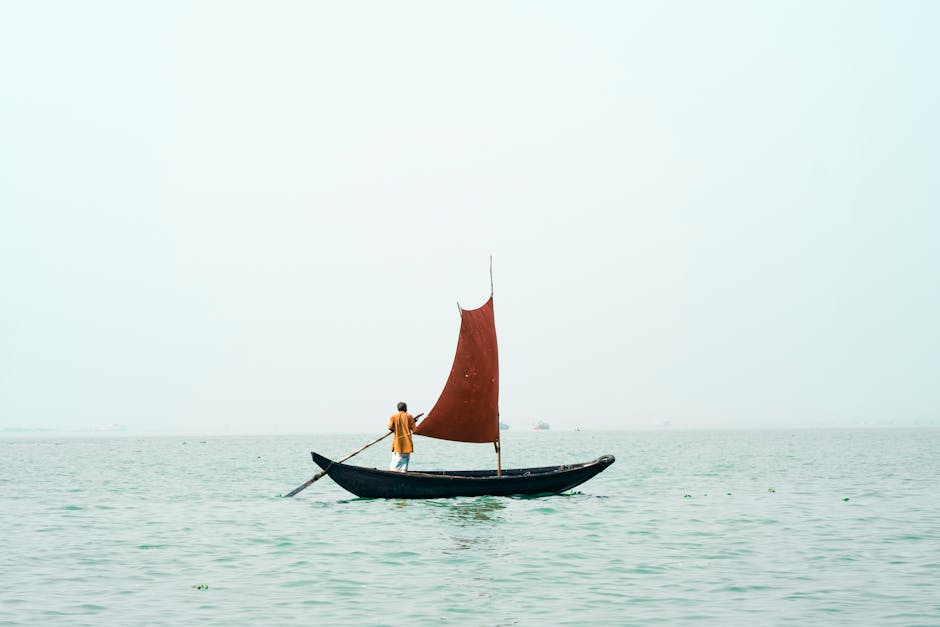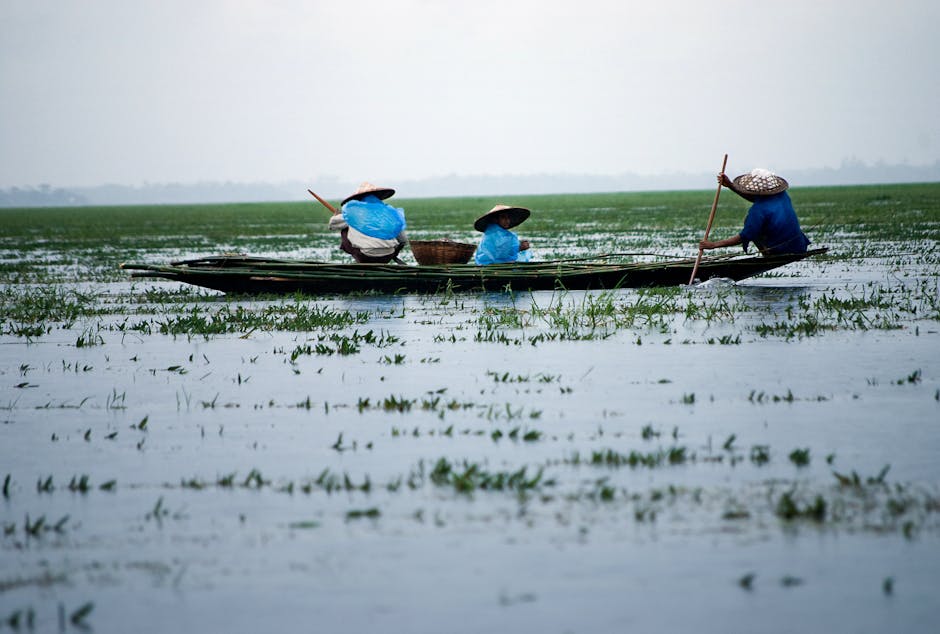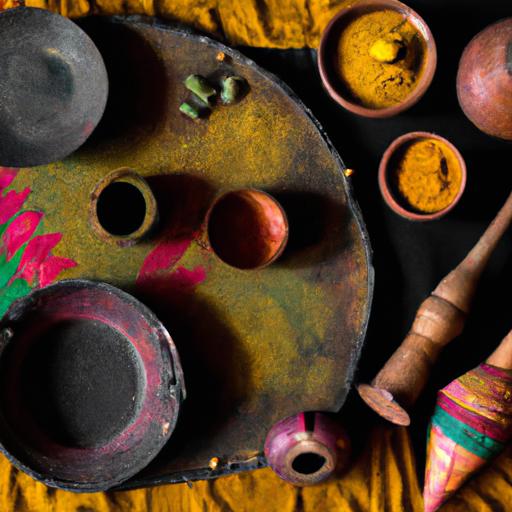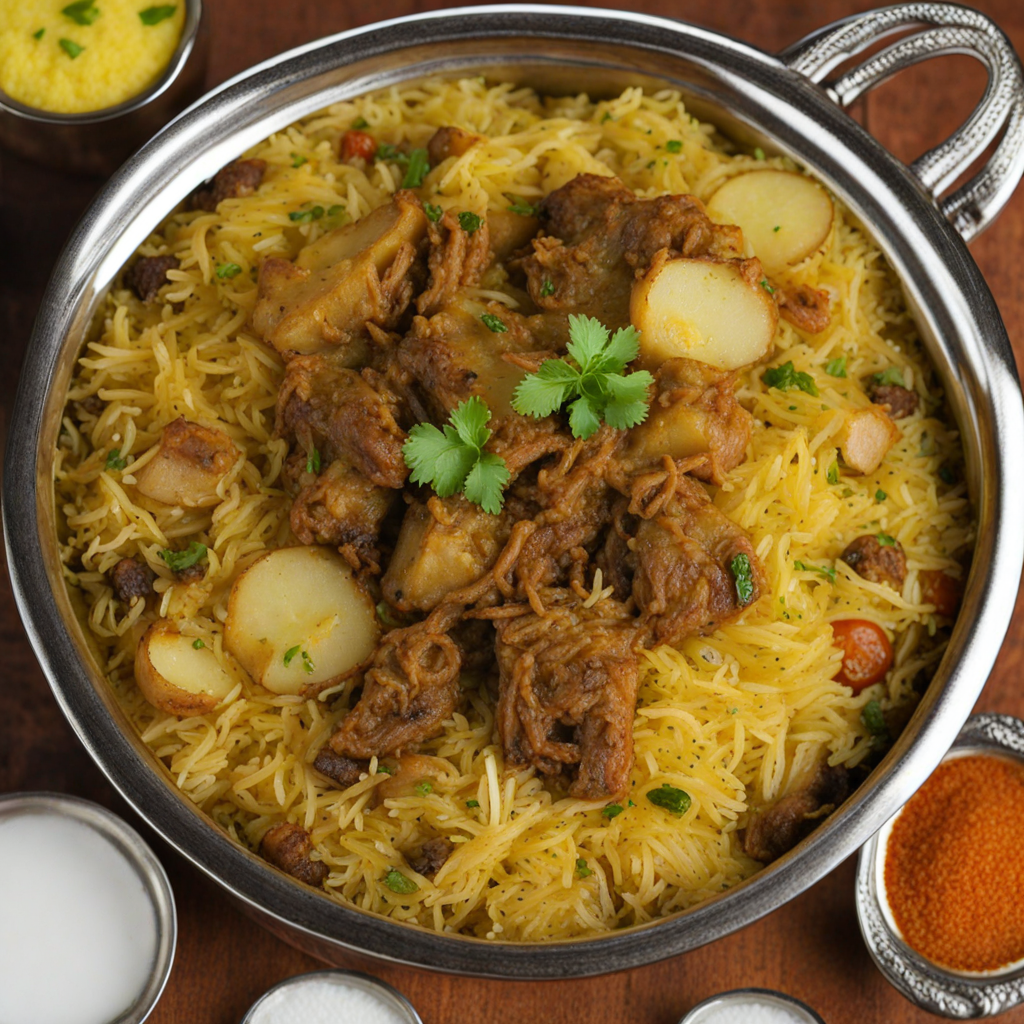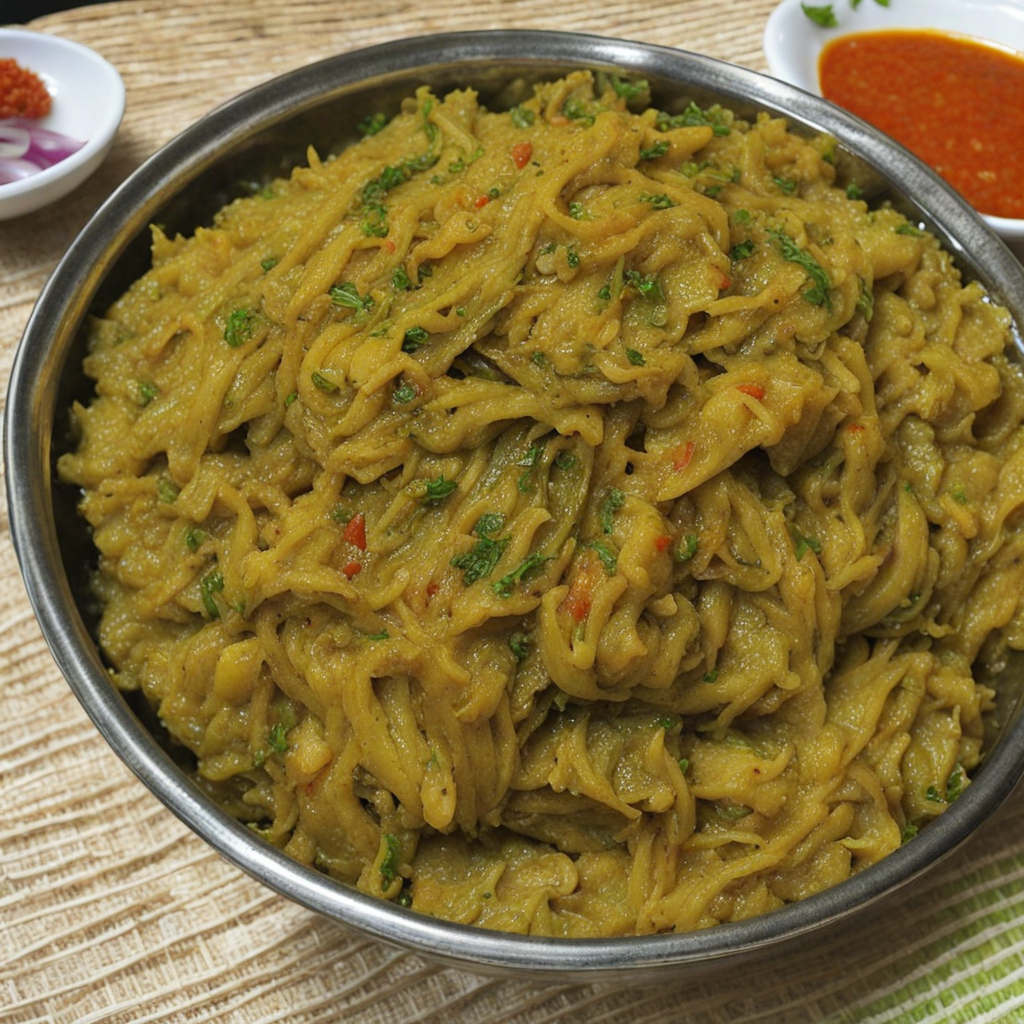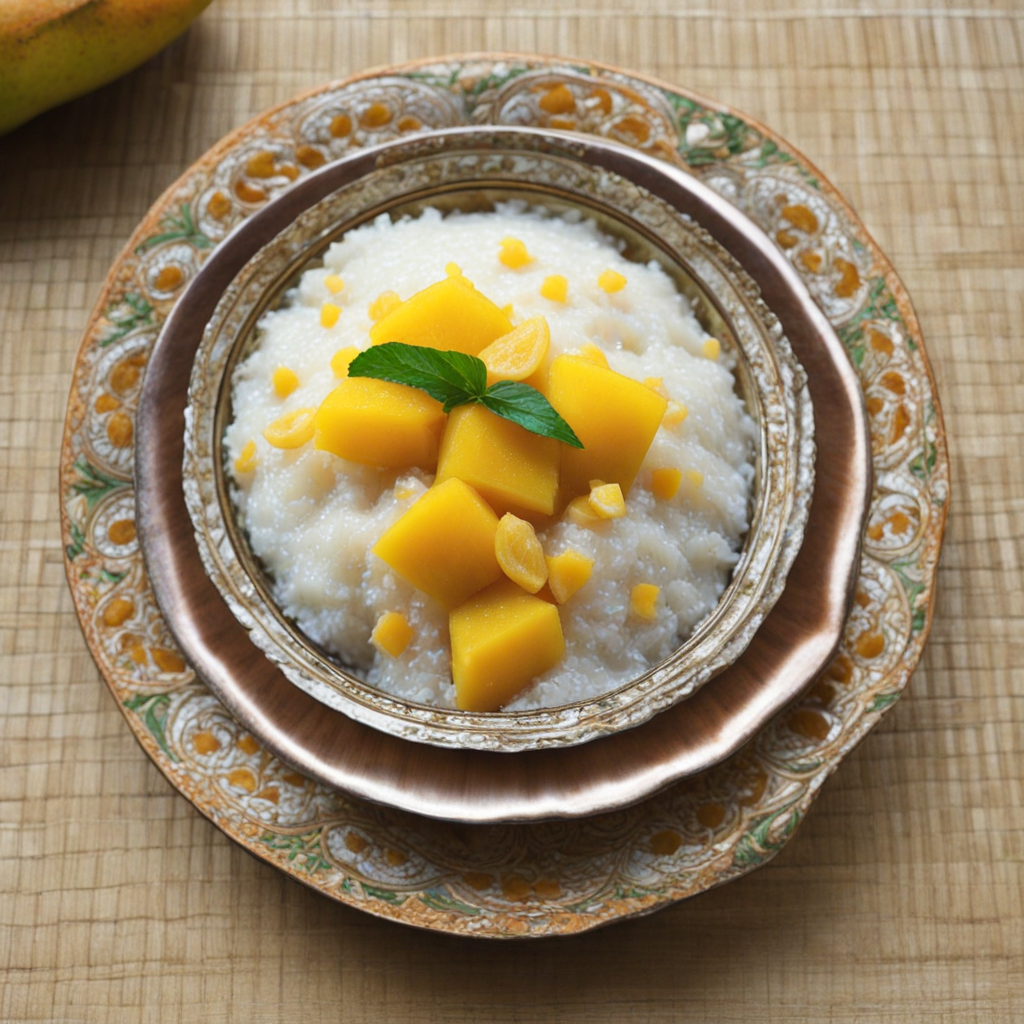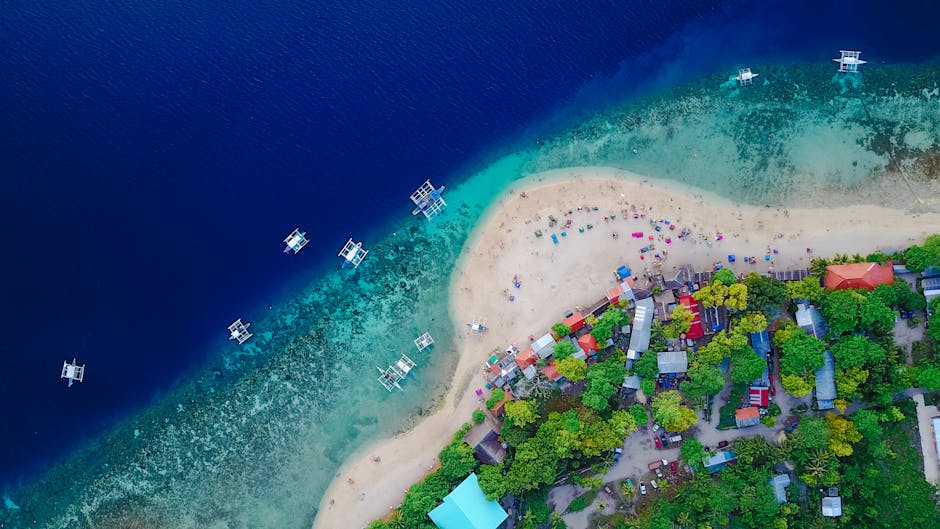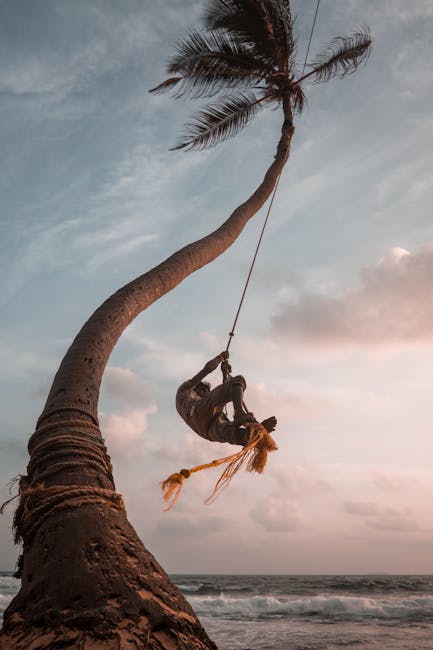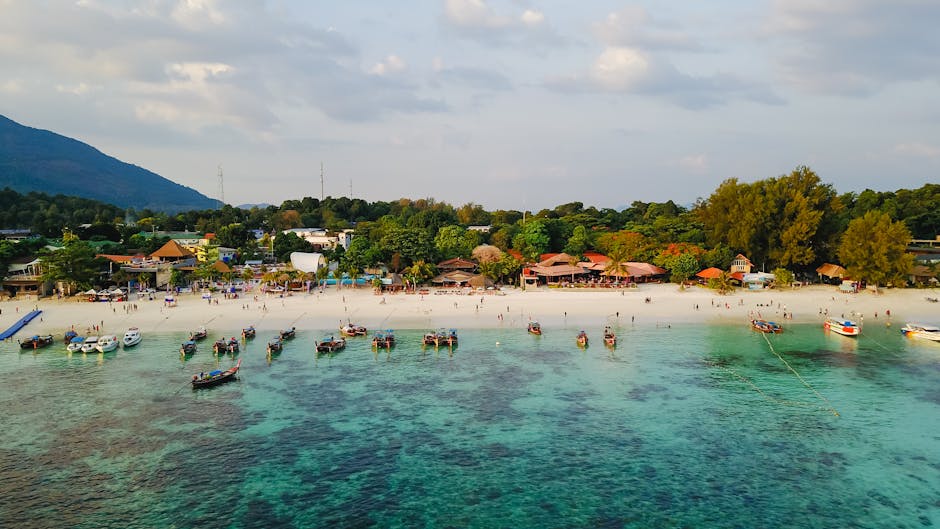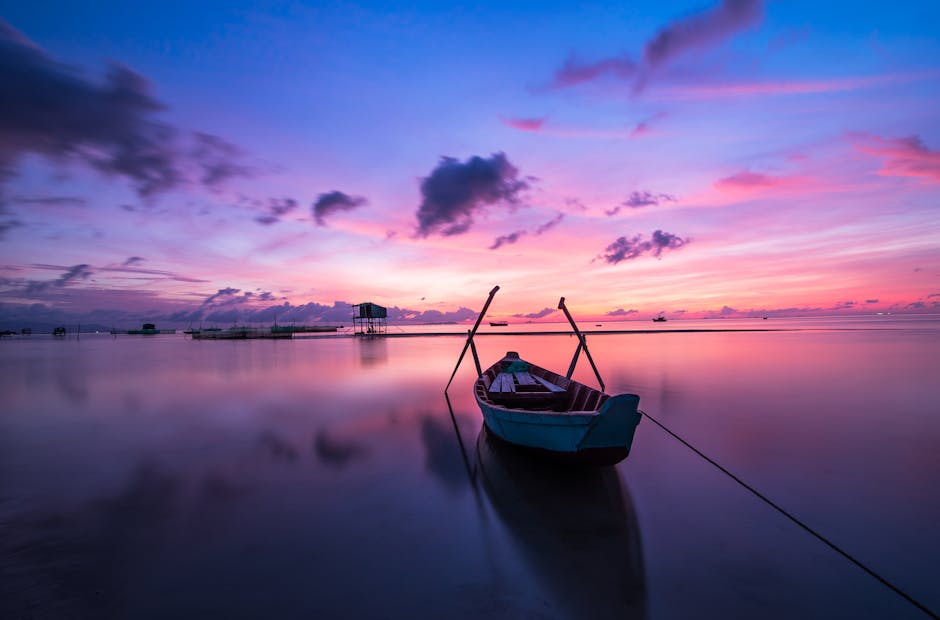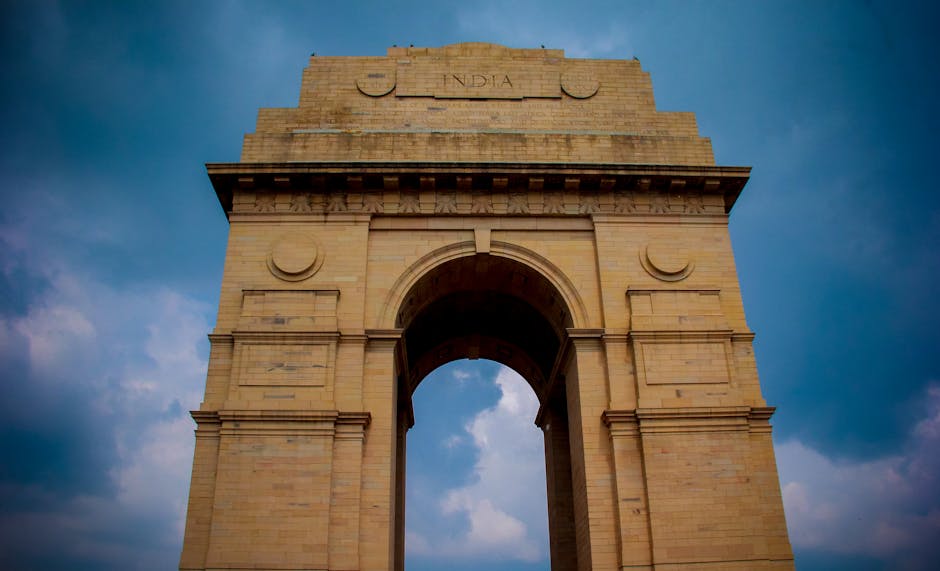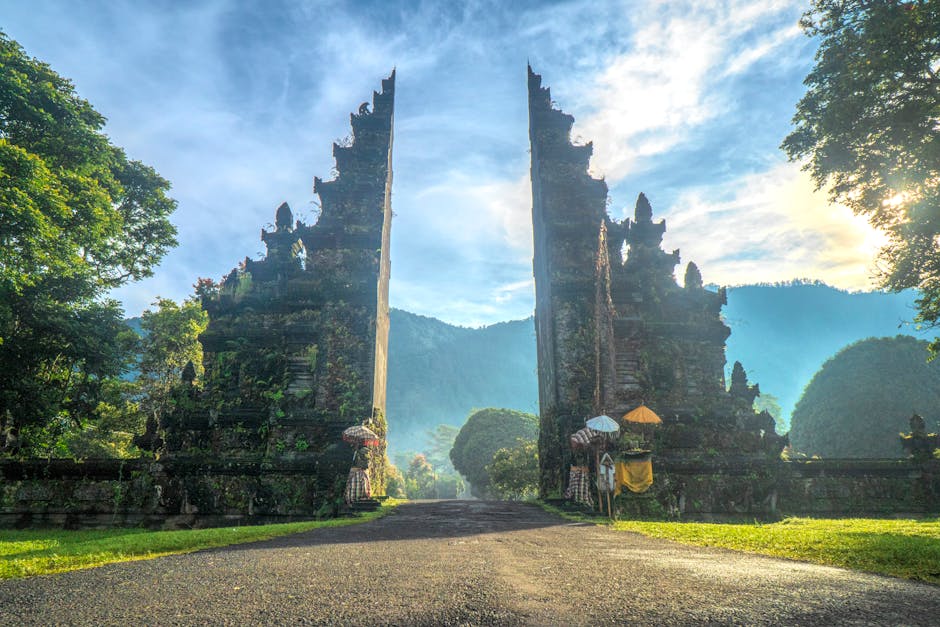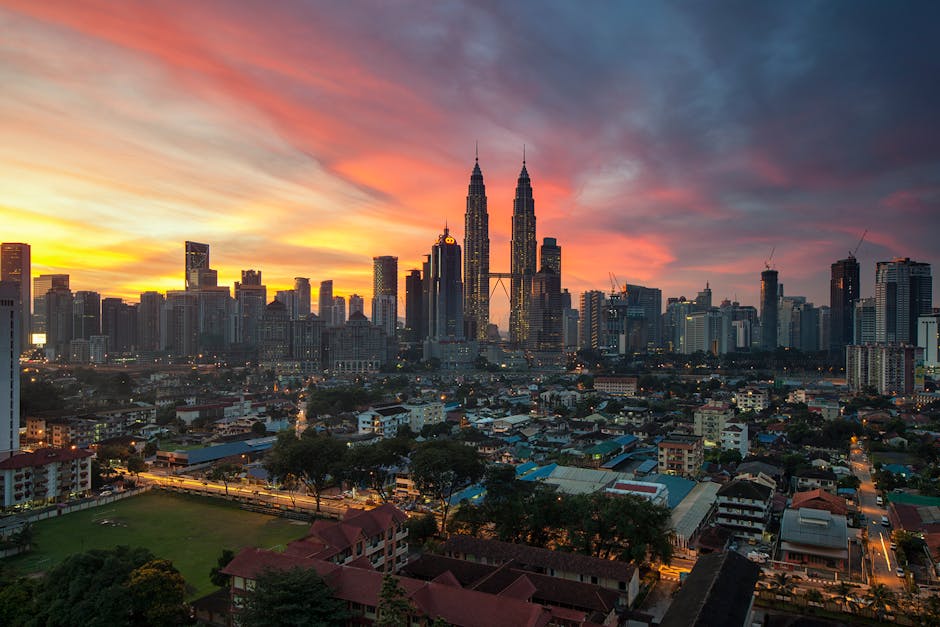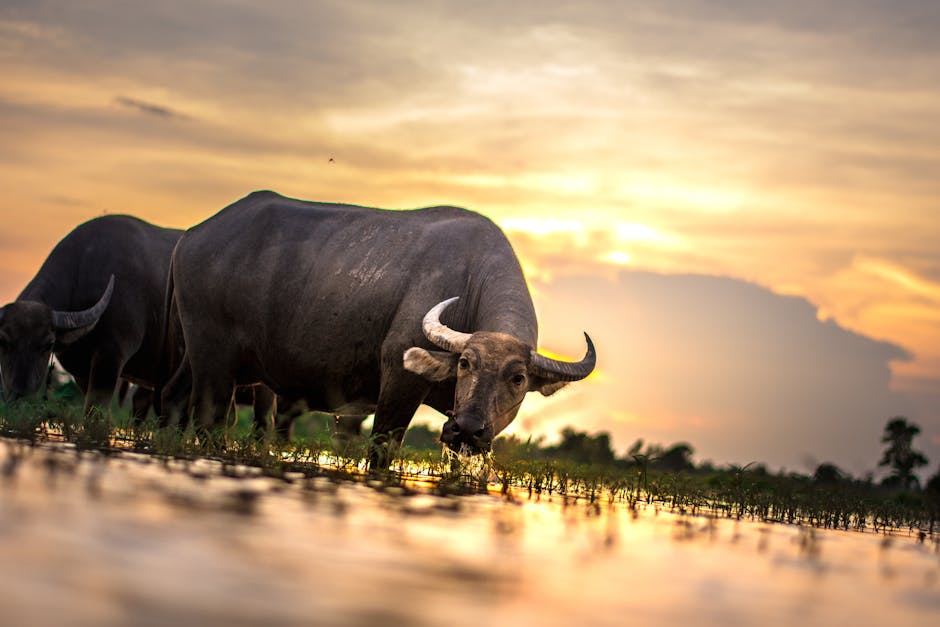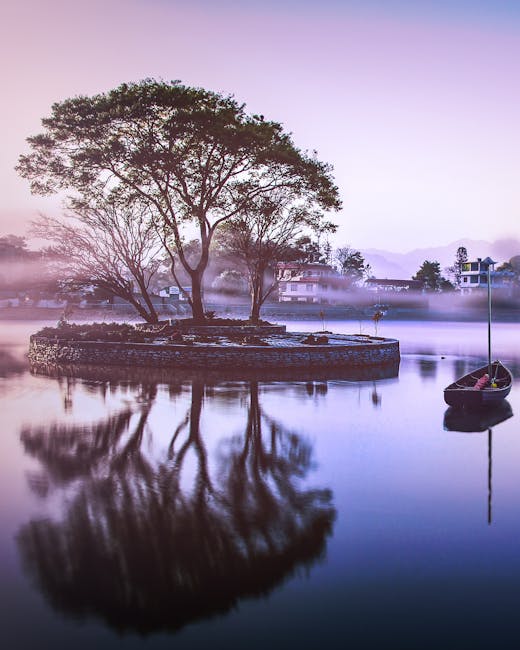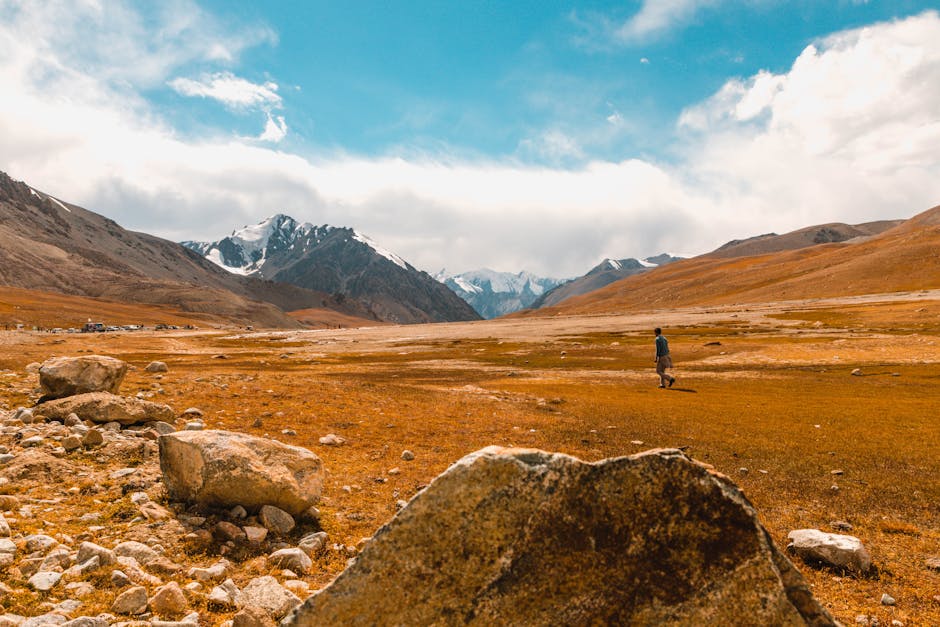Bangladesh
Overview
Bangladesh, often referred to as the 'Land of Rivers,' is a vibrant country located in South Asia, adorned with the lush green landscape, numerous waterways, and rich cultural heritage. The country boasts a unique blend of cultures, with influences from Hindu, Buddhist, and Muslim traditions, creating a captivating mosaic of music, dance, and cuisine. Bangladesh's people are known for their hospitality and warmth, which is a core aspect of their culture. The Sundarbans, the world's largest mangrove forest and home to the Royal Bengal Tiger, is one of the many unique offerings of this country.
The peak travel season in Bangladesh is during the cooler, drier months from November to February. The country has a tropical monsoon climate, which means heavy rainfall during the monsoon season from June to October. The winter months offer pleasant weather, making it ideal for exploring the bustling streets of Dhaka, taking a river cruise on the Padma, or visiting the historical sites in Chittagong. During this season, travelers can also partake in the Pohela Boishakh (Bengali New Year) celebrations or the Dhaka International Film Festival, both offering unique insights into the country's rich cultural tapestry.
Before visiting Bangladesh, travelers should ensure they have a valid passport and visa. It's recommended to check with the local Bangladeshi embassy for the most current visa information. Vaccinations for diseases like Hepatitis A and B, Typhoid, and Malaria are advised. Travel insurance is also recommended. It's essential to pack lightweight clothes for the tropical climate, but also consider modest attire respecting the local culture. Learning a few basic phrases in Bengali, the national language, can also enhance the travel experience. Lastly, it's always a good idea to check the local customs and travel advisories before embarking on the journey.
A Glimpse into the Past
Bangladesh, a vibrant country nestled between India and Myanmar, offers a rich tapestry of history that spans millennia. Its diverse heritage is marked by its ancient civilizations, colonial past, and the struggle for independence. From the lush landscapes of the Sundarbans to the bustling streets of Dhaka, the country is a treasure trove for travelers seeking to understand its unique narrative.
Ancient Civilizations
The history of Bangladesh can be traced back to ancient times when it was part of the Bengal region, home to various civilizations including the Maurya and Gupta Empires. The area was known for its thriving trade routes and cultural exchanges. The archaeological site of Mahasthangarh, one of the oldest urban archaeological sites in Bangladesh, showcases remnants of these early civilizations, dating back to the 3rd century BCE. Visitors can explore its ruins, including fortifications, temples, and monuments that reflect the region's historical significance.
The influence of Buddhism also permeated the region during the 5th to 12th centuries, with the establishment of several Buddhist viharas. The Somapura Mahavihara, a UNESCO World Heritage Site, stands as a testament to this era. Travelers can marvel at its intricate terracotta sculptures and architectural brilliance, which speak volumes of the artistic prowess of the time.
Islamic Influence
The arrival of Islam in the 13th century marked a significant turning point in Bangladesh's history. The region became a part of the Bengal Sultanate, which flourished under the rule of various dynasties. This era saw the construction of stunning mosques, such as the Sixty Dome Mosque (Shat Gombuj Masjid) in Bagerhat, another UNESCO World Heritage Site. With its impressive architecture and historical significance, the mosque attracts numerous visitors each year, providing insight into the Islamic heritage of Bangladesh.
The Mughal Empire later dominated the region in the 16th century, leading to a cultural renaissance. The Mughals introduced gardens, palaces, and architectural marvels throughout the area. Dhaka, once the Mughal capital, boasts magnificent structures like the Lalbagh Fort and the Star Mosque, both popular destinations for history enthusiasts. The intricate designs and lush gardens reflect the grandeur of Mughal architecture.
Colonial Era
The 18th century ushered in a new phase as the British East India Company established control over Bengal. This period was marked by significant social and economic changes, leading to the emergence of a distinct Bengali identity. The Sepoy Mutiny of 1857 became a catalyst for change, sparking nationalist sentiments among the population.
The British influence also left an indelible mark on the architecture and infrastructure of Dhaka. Travelers can explore the Ahsan Manzil, the former residence of the Nawab of Dhaka, which now serves as a museum showcasing the city's history during the British rule. The colonial-era buildings lining the streets of Old Dhaka provide a glimpse into the past, making it a must-visit for history lovers.
Language Movement
The mid-20th century was a pivotal time for Bangladesh, particularly during the Language Movement of 1952. The struggle for the recognition of Bengali as one of the state languages of Pakistan ignited a fierce sense of nationalism among the Bengali people. The Language Martyrs’ Memorial in Dhaka commemorates those who sacrificed their lives for this cause. The memorial stands as a symbol of the cultural pride and linguistic heritage of Bangladesh, drawing visitors who wish to understand the deep-seated importance of language in the country’s identity.
War of Independence
The quest for autonomy culminated in the Bangladesh Liberation War of 1971, a brutal conflict that resulted in the country's independence from Pakistan. The struggle was marked by widespread atrocities, and the pain of this period is still felt today. The National Museum of Bangladesh and the Bangladesh Liberation War Museum in Dhaka provide comprehensive insights into the war's history, showcasing photographs, artifacts, and personal accounts that reflect the resilience of the Bangladeshi people.
In the capital, the Shaheed Minar stands as a poignant memorial to the martyrs of the Language Movement and the Liberation War. This iconic monument is a place of pilgrimage for many, especially on significant dates, where people gather to pay their respects.
Cultural Heritage
Bangladesh's rich cultural heritage is reflected in its diverse traditions, festivals, and cuisines. The vibrant Bengali culture is evident in its colorful festivals like Pohela Boishakh (Bengali New Year), celebrated with processions, music, and traditional foods. Travelers can immerse themselves in the festivities, experiencing the warmth and hospitality of the Bangladeshi people.
The country is also renowned for its handloom products, particularly jamdani sarees and muslin. Visiting local markets, such as the New Market in Dhaka or the Shat Gombuj Market in Bagerhat, offers an opportunity to witness artisans at work and purchase unique handicrafts as souvenirs.
Natural Wonders
In addition to its historical significance, Bangladesh is blessed with stunning natural landscapes. The Sundarbans, the largest mangrove forest in the world and a UNESCO World Heritage Site, is home to the elusive Bengal tiger and diverse wildlife. Travelers can take boat tours to explore its winding waterways, witnessing the unique ecosystem that thrives within this UNESCO site.
The country’s rivers, including the mighty Padma, Jamuna, and Meghna, are life-giving arteries that have shaped its civilization. River cruises offer a unique perspective on rural life, with opportunities to visit traditional villages and experience local customs.
Modern Bangladesh
Today, Bangladesh is a dynamic country that blends its rich history with modern aspirations. The capital, Dhaka, is a bustling metropolis known for its vibrant street life and burgeoning economy. The National Parliament House, designed by the renowned architect Louis Kahn, exemplifies contemporary architecture and is a symbol of Bangladesh's progress.
As travelers explore Bangladesh, they will find a nation that is proud of its past yet eager to embrace the future. From its ancient ruins to its lively markets, every corner of this beautiful country tells a story, inviting visitors to delve deeper into its captivating history.
Top cities for tourists in Bangladesh
Discover the Famous Cities That Might Captivate Your Interests
Must-Try Foods You Can't Afford to Miss
Indulge in a Variety of Fantastic Foods During Your Stay in Bangladesh
May Be Your Next Destinations
People often choose these countries as their next destination


